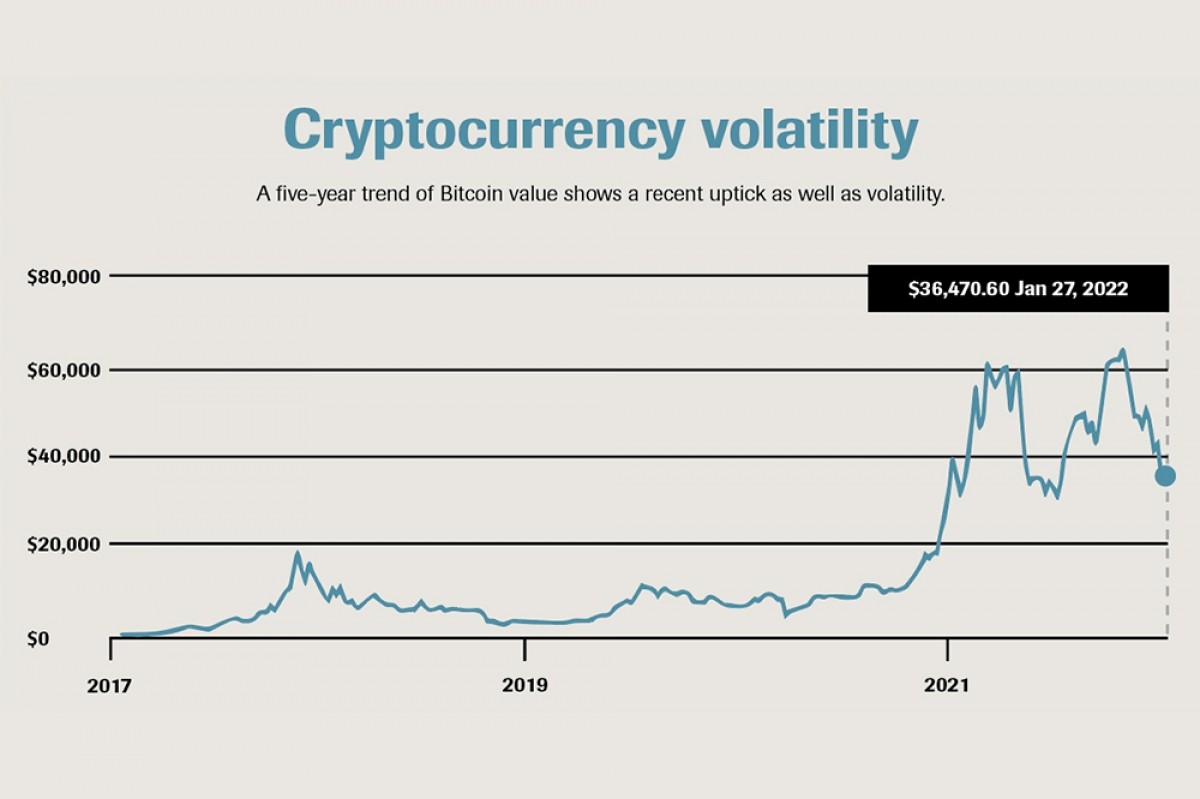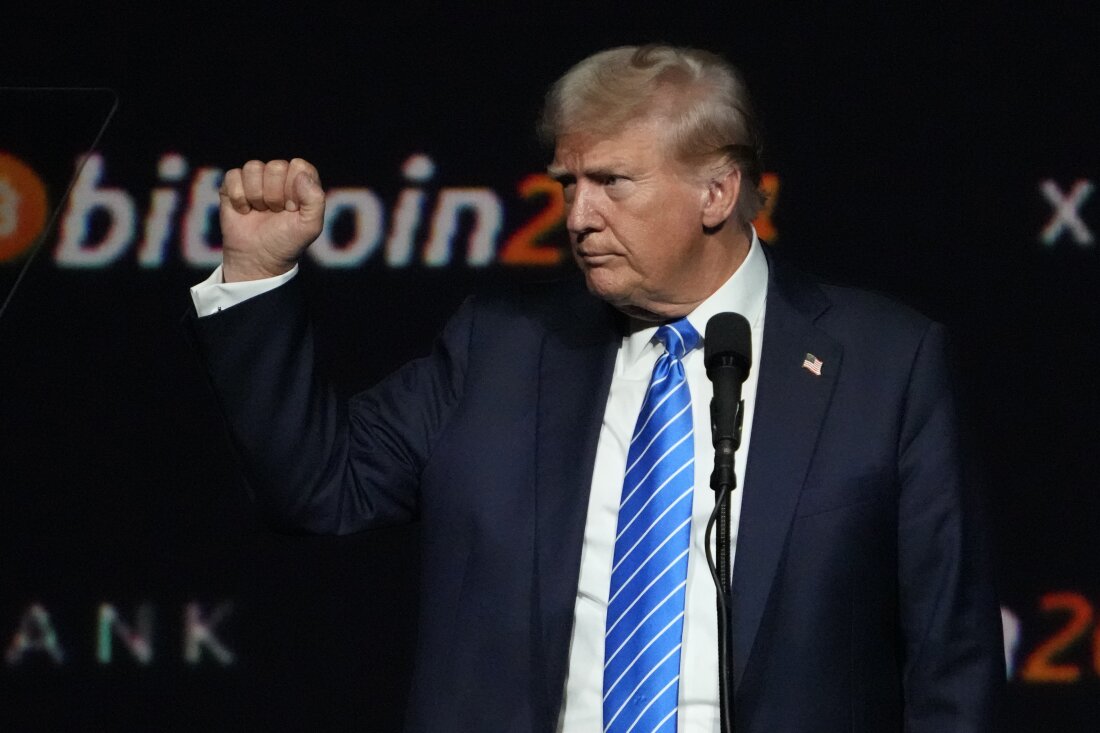
Unifying Forces or Divided Paths? The Future of Cryptocurrency Integration
The world of cryptocurrency, much like the universe itself, is dynamic, vast, and continuously evolving. As I delve into the current landscape, I can’t help but reflect on the ongoing efforts for crypto integration with traditional financial systems. This is a pivotal moment that raises a question: Are we witnessing the unification of these divergent worlds, or is it just an illusion?
The Evolution of Integration
Over the past few years, the idea of integrating cryptocurrency into traditional finance has spurred debates and discussions that resonate within all circles – from innovative startups to established financial institutions. The proliferation of bitcoin, Ethereum, and various altcoins has prompted banks and financial entities to revisit their strategies. In fact, many are not just begrudgingly accepting this shift; they are actively exploring ways to incorporate digital currencies into their offerings.
The surge in adoption stems from a clear trend: consumers increasingly prefer flexibility in how they manage their assets. I remember speaking with a friend who, after years of skepticism, finally took the plunge into crypto. His experience was transformative – he felt empowered to control his financial destiny in ways traditional banking never permitted. This sentiment is echoed across various demographics, as cryptocurrency continues to attract both tech-savvy youth and seasoned investors seeking new avenues.
 Cryptocurrency interest continues to grow among diverse audiences.
Cryptocurrency interest continues to grow among diverse audiences.
Navigating Regulatory Waters
Yet, embracing this innovation is not without its challenges. Regulatory frameworks around cryptocurrency remain nebulous and varied from one jurisdiction to another. Governments and regulatory bodies are grappling with how to approach crypto; this uncertainty creates an environment of caution among investors and firms alike.
Interestingly, my own journey in understanding crypto laws unveiled the stark contrast between different countries. While some are rolling out the red carpet, others remain adamantly opposed. This dichotomy is a double-edged sword, potentially stifling progress. A regulatory environment that is too restrictive could hinder innovation, whereas overly lenient regulations might open the floodgates to fraud and scams, diluting investor trust.
The Technology Connection
Technologically, the blockchain—the backbone of cryptocurrency—offers unprecedented transparency and security. It enables transactions to occur directly between parties without the need for intermediaries, revolutionizing how we view financial exchanges. As I engaged with a group of developers at a tech seminar, their enthusiasm was palpable. They passionately discussed creating DeFi platforms that could democratize finance and bring banking services to underbanked populations worldwide. This vision of a more inclusive financial ecosystem resonates powerfully in today’s climate, where inequities persist.
However, integrating such technologies into existing infrastructures raises technical challenges and necessitates investment in robust cybersecurity measures. My conversations with financial experts revealed that many institutions fear the potential repercussions of breaches—a single lapse could erode public confidence in both crypto and traditional finance.
 Embracing blockchain technology signals a shift toward modern finance.
Embracing blockchain technology signals a shift toward modern finance.
Bridging the Gap
Despite these hurdles, the possibility of bridging the gap between crypto and traditional finance is more enticing than ever. Several fintech companies are championing this cause, developing platforms that allow seamless transactions between fiat and cryptocurrencies. My own experiences scouring various apps for this functionality showed me just how dynamic this sector is, with new players constantly emerging to offer more sophisticated solutions.
For instance, services allowing users to spend Bitcoin directly from their bank accounts are becoming widespread. This integration makes it easier for everyday consumers to engage with cryptocurrency without feeling the need for deep technical knowledge. I truly believe that creating user-friendly tools is crucial for the next wave of crypto adoption.
Prospects of the Future
As I look to the future of cryptocurrency, I am cautiously optimistic. The potential for a blended ecosystem—where traditional finance and cryptocurrency can coexist and flourish—excites me. We are at an inflection point, one that could either see a harmonious fusion leading to financial innovation or a cataclysmic fallout due to misunderstandings and mismanagement.
“The time is now,” I often hear industry leaders declare, as they envision a future where digital currencies not only complement but enhance traditional finance. We must all approach this future with a mindset geared toward growth and innovation while remaining vigilant and aware of the challenges that lie ahead.
Conclusion: A Call for Collaboration
In conclusion, the journey toward integrating cryptocurrency with traditional finance is a collaborative effort that requires input from various stakeholders, including regulators, financial institutions, innovators, and consumers. It is imperative that we work together to forge a path that benefits all parties involved. After all, the future of finance could very well hinge on our ability to adapt and embrace change.
 The future of cryptocurrency holds endless possibilities.
The future of cryptocurrency holds endless possibilities.
Let us not merely observe this evolution. Instead, we must actively participate in shaping it. It’s time to step forward and embrace the possibilities that cryptocurrency integration can bring to our world.















